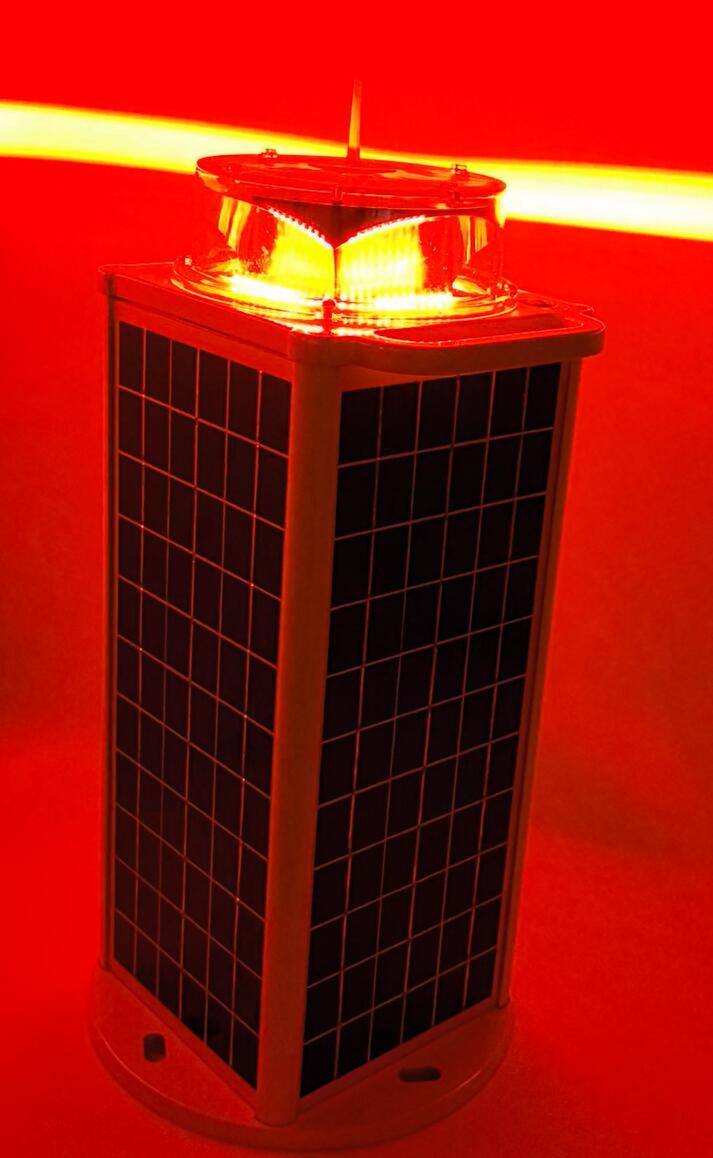Marine Lantern: Guiding Ships Safely Through the Dark Waters
The vastness of the ocean can be both beautiful and treacherous, especially when the sun sets and darkness envelops the horizon. For mariners, navigating through these conditions requires reliable and robust lighting solutions. This is where the marine lantern comes into play—a critical tool that ensures safe passage for vessels, marks hazardous areas, and illuminates docks and ports. In this article, we’ll explore the importance of the marine lantern, its diverse applications, and why it remains an essential component of maritime safety.
What is a Marine Lantern?
A marine lantern is a specialized lighting device designed for use in marine environments. It is typically used to mark navigation channels, buoys, docks, and offshore structures. These lanterns are built to withstand harsh conditions such as saltwater corrosion, strong winds, and heavy rain. They come in various types, including solar-powered, battery-operated, and hardwired models, each tailored to specific maritime needs.
Why is a Marine Lantern Essential?
Safety in Navigation: The primary purpose of a marine lantern is to guide ships and boats safely through waterways. By marking channels, hazards, and ports, these lanterns help prevent collisions and groundings.

Visibility in Adverse Conditions: Whether it’s fog, rain, or complete darkness, a marine lantern ensures that critical points are visible to mariners, reducing the risk of accidents.
Durability in Harsh Environments: Marine lanterns are designed to endure the toughest conditions, including saltwater exposure, UV radiation, and extreme temperatures. This makes them reliable even in remote or offshore locations.
| Marine Lantern |
| Marine Lanterns |
Compliance with Regulations: Many maritime authorities require the use of approved marine lanterns to meet safety standards. Using certified lanterns ensures compliance and enhances operational safety.
Versatility: From small fishing boats to large commercial vessels, marine lanterns are used across a wide range of maritime activities, making them a versatile tool for all seafarers.
Applications of Marine Lanterns
The marine lantern is a versatile device with numerous applications in the maritime industry:
Navigation Buoys: Marine lanterns are commonly mounted on buoys to mark shipping lanes, hazards, and safe passages.
Docks and Ports: They provide essential lighting for docks, piers, and ports, ensuring safe mooring and cargo operations at night.
Offshore Platforms: Oil rigs, wind farms, and other offshore installations use marine lanterns to mark their presence and ensure safe navigation around them.
Fishing and Aquaculture: In fishing zones and aquaculture farms, marine lanterns help workers operate safely during nighttime hours.
Emergency Situations: Marine lanterns are also used in life rafts and emergency kits, providing a reliable light source during rescue operations.
Key Features of a High-Quality Marine Lantern
When choosing a marine lantern, consider the following features to ensure optimal performance:
Brightness and Range: Look for lanterns with high-intensity LEDs that offer excellent visibility over long distances.
Weather Resistance: Ensure the lantern is waterproof, corrosion-resistant, and capable of withstanding extreme weather conditions.
Power Source: Depending on your needs, choose between solar-powered, battery-operated, or hardwired models. Solar lanterns are eco-friendly and cost-effective, while battery-operated and hardwired options provide consistent power.
Automatic Operation: Many marine lanterns come with light sensors that automatically turn the light on at dusk and off at dawn, ensuring hassle-free operation.
Certifications: Check for compliance with international maritime safety standards, such as those set by the International Association of Lighthouse Authorities (IALA).
The Evolution of Marine Lanterns
The marine lantern has come a long way since its inception. Early versions relied on oil lamps or incandescent bulbs, which were less efficient and required frequent maintenance. Today, modern marine lanterns use advanced LED technology, offering brighter illumination, lower energy consumption, and longer lifespans. Solar-powered models have also gained popularity, providing a sustainable and cost-effective alternative to traditional power sources.
The Future of Marine Lanterns
As technology continues to advance, the marine lantern is evolving to meet the demands of modern maritime operations. Innovations such as smart lighting systems, which can adjust brightness based on weather conditions or battery levels, are already being developed. Additionally, the integration of GPS and IoT (Internet of Things) technology is paving the way for more intelligent and connected marine lighting solutions. These advancements will further enhance the functionality, efficiency, and reliability of marine lanterns.
The marine lantern is more than just a light—it’s a lifeline for mariners navigating the dark and often unpredictable waters. Its role in ensuring safety, preventing accidents, and facilitating smooth maritime operations cannot be overstated. Whether it’s guiding a massive cargo ship through a narrow channel or illuminating a remote fishing dock, the marine lantern is an indispensable tool for anyone on the water.
For shipowners, port operators, and maritime authorities, investing in high-quality marine lanterns is a decision that pays off in safety, efficiency, and peace of mind. After all, in the vast and sometimes perilous world of the ocean, every light shines a path to safety.
